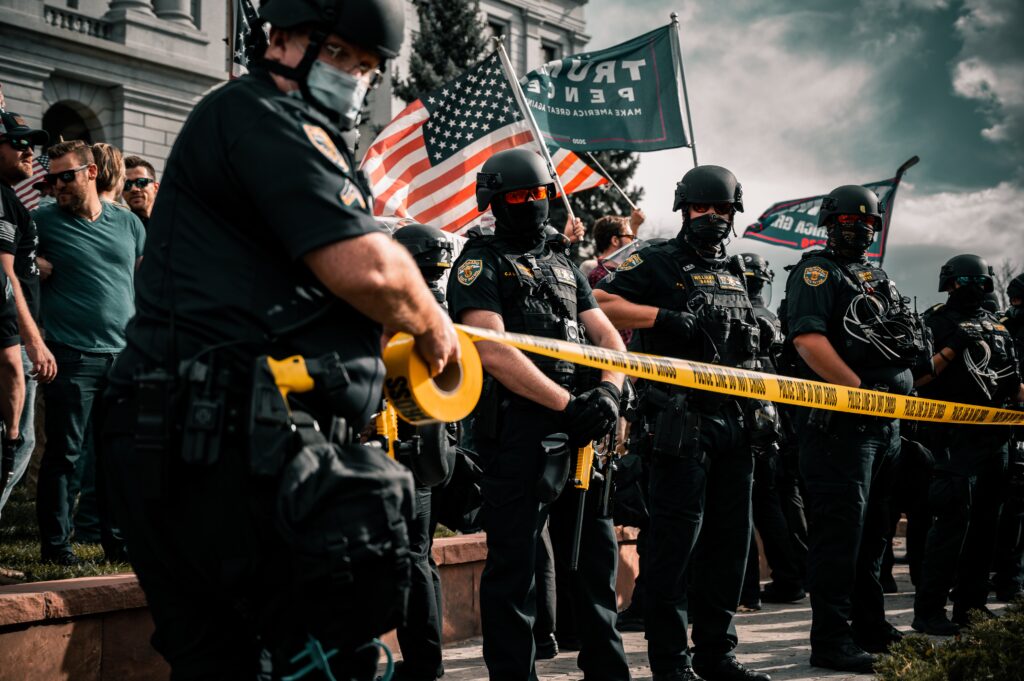
Understanding Police Riot Control Techniques
Batons and riot shields, and helmets are the most common pieces of police riot equipment. Enforcement officers use police riot gear to drive back and prevent protesters from breaking police lines. During the miners’ strike that took place in the UK in 1972, the police lacked shields and instead relied mainly on wedge formation. However, by the time of the strike in 1984, the police had abandoned the wedge in favor of the riot shield and baton combo. The improvement in police riot gear made it more difficult for the protesters to accomplish their goal. The representative concluded that unarmed protesters would have little chance of winning in a confrontation with enforcement officers armed with adequate police riot gear. Experts agree that having both a riot shield and a baton at your disposal is adequate protection for all but the most violent of demonstrations.
During the protests, enforcement agencies use the “Tap-down technique,” which combines the use of non-lethal weapons like CS gas and riot shields. Another choice is to use pepper spray. In this tactic, a law enforcement officer armed with a projectile weapon sneaks up behind a person holding a shield and taps them on the shoulder. The person holding the riot shield will kneel in front of it as a response. When utilizing this tactic, the shooter and the person holding the shield are in the slightest danger.
The term “extraction teams” is common in riot control. Extraction teams do not refer to the only people who employ shields. They are typically made up of reserve personnel and are dispatched to rescue those who are stranded or to catch lone protesters. The squad can be dispatched from any location so long as they remain concealed by the shield wall the entire time. When the command is given, two police officers in the front line will shift to the left and right, creating a space where additional officers can move. When all the cops have moved away from the line, this space will be filled in. While one officer places handcuffs on the person who has been singled out as the target, the second officer will be responsible for keeping control. There will be additional police officers present to ensure everyone’s safety. When the demonstrator is taken into custody, a breach will be made in the shield wall so the individual can be transported through it.
For more articles, please click here.